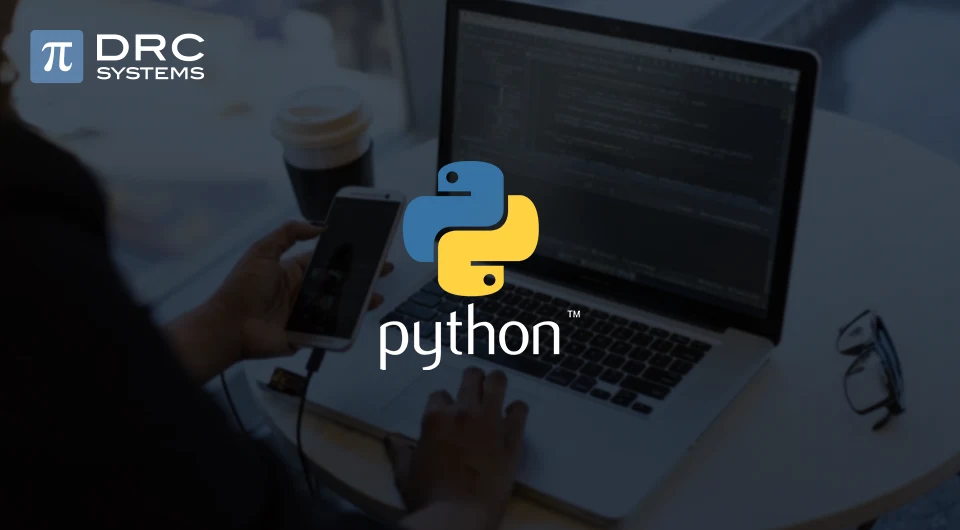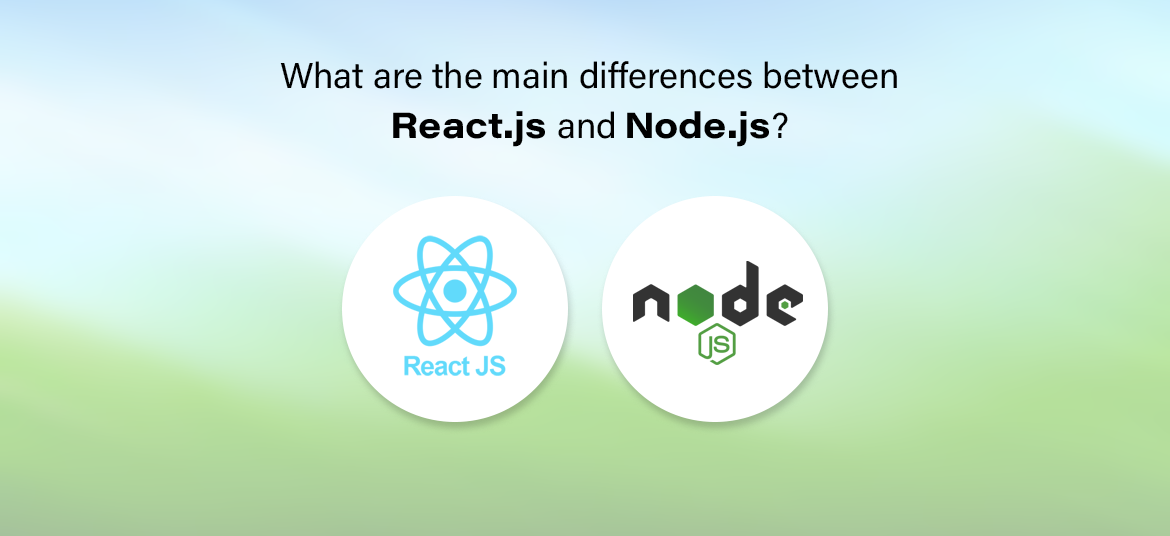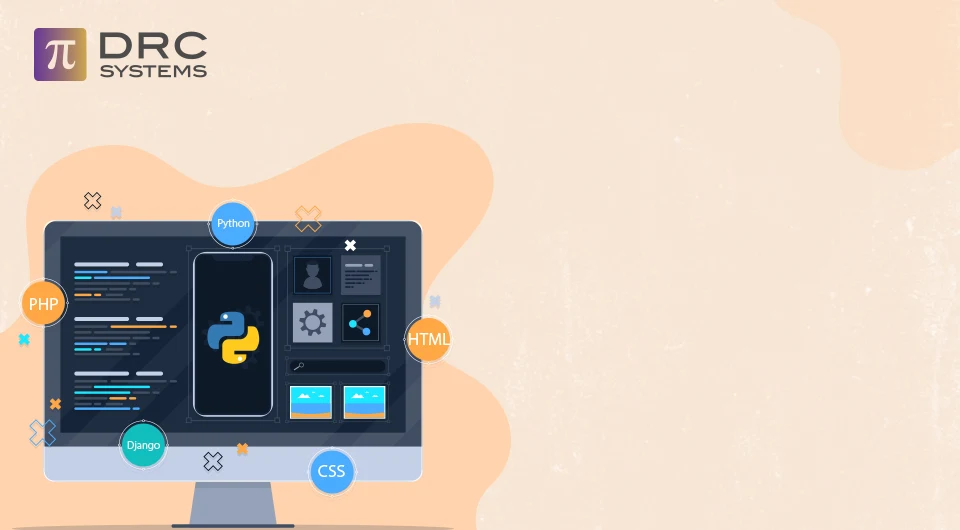Related Articles
Apple WWDC 2021: iOS 15, macOS Monterey, watchOS 8, and Privacy Updates
Apple’s WWDC 2021: Everything you need to know about the latest features and updates. If you missed the event online, this blog covers the highlights.
Read The PostWhat are the main differences between React.js and Node.js?
Not sure whether React.js or Node.js is right for your web application? Here’s a detailed comparison to help you decide.
Read The PostTop Python Frameworks for Web Development in 2025
Python frameworks that are trending in 2024 for web development.
Read The Post


